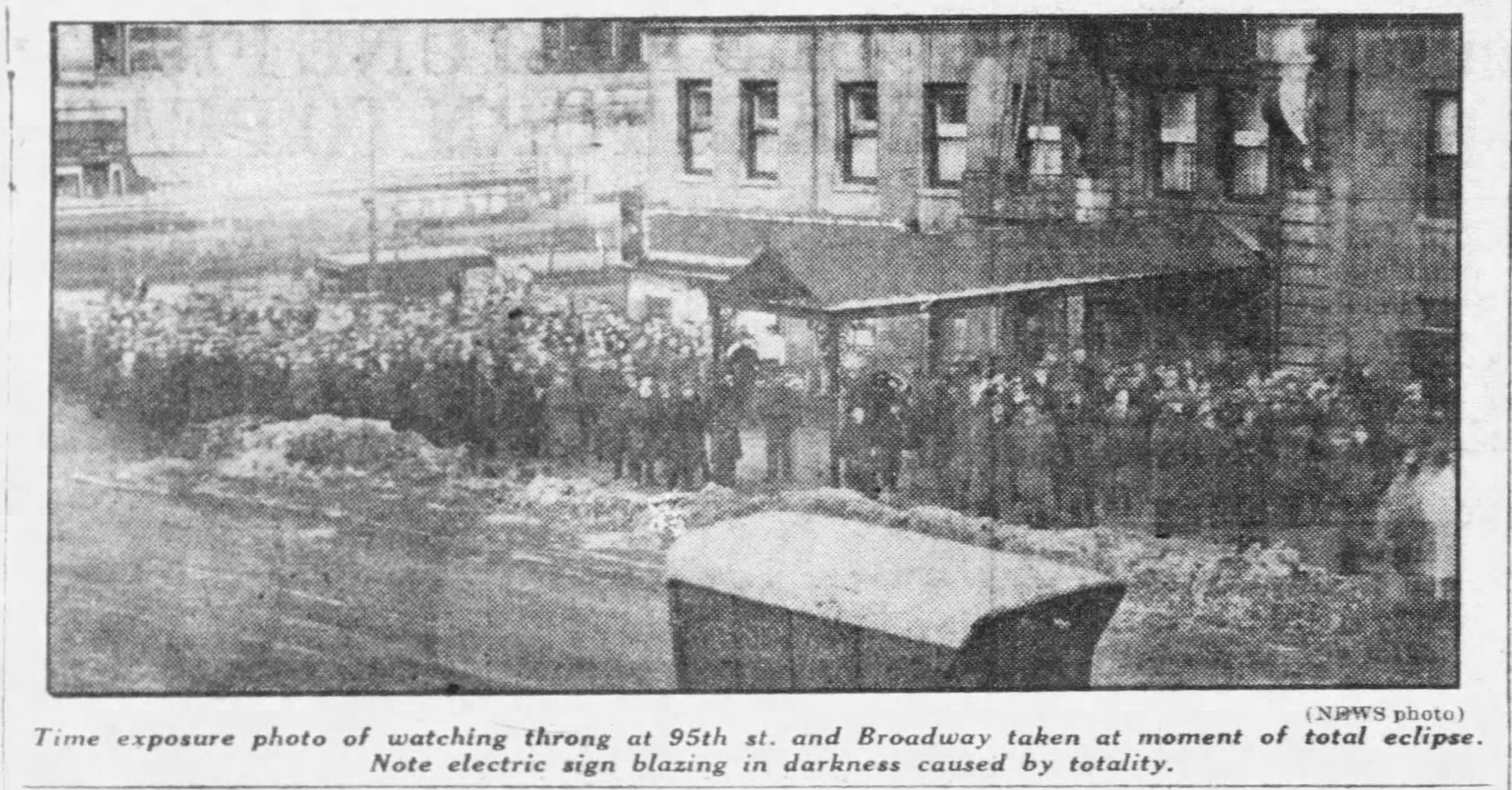
“The Sun may be in eclipse, but New York, never!”
— Mayor John Hylan, during the January 24, 1925, total solar eclipse over NYC
By Pam Tice
As we look forward to the solar eclipse coming on the afternoon of April 8, 2024, it’s a good time to remember the eclipse on a cold morning in January, 1925, when the Bloomingdale neighborhood was at the center of attention. This year, New Yorkers will see the sun 90% obscured by the moon. In 1970, many Upper West Siders gathered in Riverside Park to experience the 96% eclipse. But in 1925, it was a total eclipse. The last total eclipse had been 450 years before, and the next two were predicted for 2079 and 2144.
The path of totality was a bit undefined in the days leading up to the 1925 event. Initially, the line of totality was predicted to be between West 72nd Street and West 110th Street. A few days later, the line was set north of West 83rd Street. Following the event, the line was firmly established: between West 96th and 97th Streets, or between 230 and 240 Riverside Drive. Pundits dubbed it “The West 96th Eclipse.”
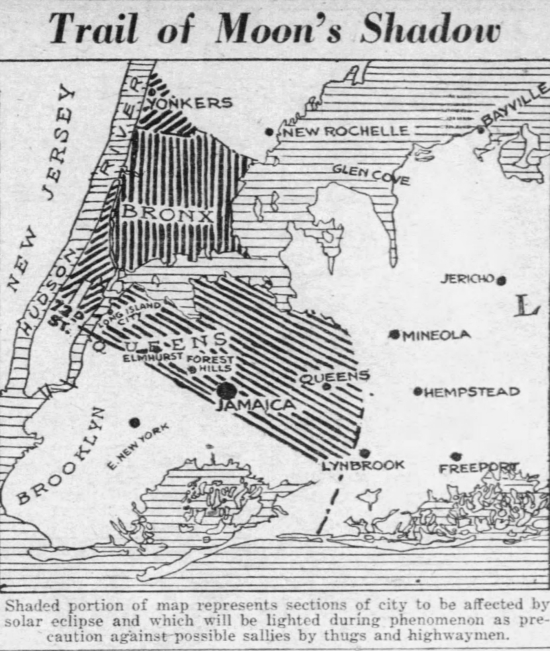
Preparation for the 1925 event was covered in great detail in the press. Scientists wanted to gain more knowledge of the size and trajectory of the moon, and they wanted to know more about the sun’s corona. Both still and motion-picture photographers made plans to photograph the event, and many were dispatched in planes. The Army Air Corps sent 25 planes up from Mitchel Field on Long Island, said to be the largest fleet since the end of World War I. The U.S. Navy brought its dirigible Los Angeles over to Lakehurst, New Jersey, and sent it aloft over Long Island on the day of the event to take pictures. A “live” radio report of the event was planned to be broadcast from the blimp. This short film was made: Solar Eclipse 1925 January 24 New York (youtube.com). Others were studying the effect of a solar eclipse on radio reception.
Eclipse viewers were warned to use smoked glass to watch the event. A green eyeshade or a piece of exposed film was also recommended. Street vendors sold small pieces of smoked glass for ten cents in the places where people gathered that day.
There was also concern for the safety of the city during the event. The banks were open on Saturdays and made plans not to open until 10 a.m., not to distribute any payrolls or large sums of cash, to have all the armed guards deployed on each bank floor, and to keep armored cars in the garage until after the event was over. The City of New York ordered the electric companies to turn on the street lights above 72nd Street during the event even though this would disturb the experience. All available policemen were to be on duty that morning.
The Daily News warned, “Hold your smoked glass in one hand, keeping the other firmly on your pocketbook.”
The New York electrical companies planned to study the eclipse to measure its impact on the grid. In 1925, these were the Consolidated Gas Company and the New York Edison Company, today’s combined Consolidated Edison. They wanted to measure the exact southern edge of the totality, to gauge the intensity of the sun, and to assess the impact on the grid. Since most homes were heated with coal then, the impact on the grid involved only lighting. The companies positioned men on rooftops along Riverside Drive, and it was this observation that set the exact line of the totality between West 96th and 97th Streets.
The eclipse was timed to begin at 8 am, reach its peak at 9:11 a.m., and finish at 10:20 am.
Many spectators went up into the city’s skyscrapers, hoping to get a viewing post above ground. The Woolworth building opened its observation deck early and every inch of space was taken. Although it was a Saturday, this was still a workday for many, and many employers, including the New York Stock Exchange, delayed opening. Passengers on ocean liners in the harbor crowded the decks in the cold morning air.
Uptown, students crowded onto the Columbia and City College campuses, and others headed for open spaces in Central and Riverside Parks, and further uptown in Washington Heights. Many people must have been tempted to just stay in bed on this Saturday morning since the temperature was at just nine
degrees.
On January 30, 1925, the Jewish Chronicle of Newark printed a thoughtful piece: The Eclipse From a Moral Point of View, marveling at the work of scientists to gain every possible bit of information from the memorable event, and urging people “to respect the precise methods of the scientific spirit in a world where wild rumors, malicious gossip, and subtle propaganda can often replace durable truth.”
The New York Times wrote an editorial the next day that ended “makes us realize how closely akin we are in this common planetary boat on an ethereal sea that has no visible shore.”
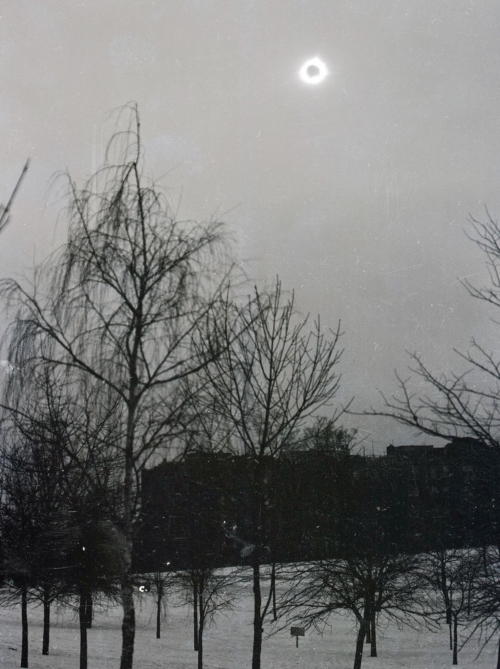
An exhibit by Rob Garber about the 1925 eclipse is at The Bloomingdale Library, on West 100th Street between Columbus and Amsterdam Avenues, through April 30th.
Pam Tice is a member of the Bloomingdale Neighborhood History Group Planning Committee.
Painting of the eclipse on WSR newsletter by Howard Russell Butler, 1925.
Subscribe to WSR’s FREE email newsletter here.


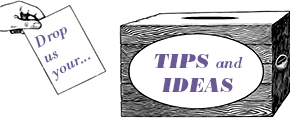


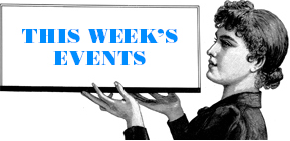




Pam Tice and the Bloomindale History Group offer many more articles like this on http://www.upperwestsidehistory.org
I wonder how many people viewed the eclipse without proper eye protection and what was the result of that.
This is a fine article; thank you, Pam Tice. Re: an April 8 viewing opportunity of 90% totality, the Amateur Astronomers Association of New York, Pioneer Works, et al., will hold an observing session in Green-Wood Cemetery, Brooklyn. Go to aaa.org to register for this free event. (I do not know if there is a limit on the number of participants.) In any case, you may want to order eclipse glasses & camera-panel & software kits from American Paper Optics.
Thank you M.A. for this terrific info on American Paper Optics.
Had the opportunity this afternoon to stop by the exhibit at the Bloomingdale Library. So much in so little space – loved the newspaper headlines, the photos, the cartoons, the general eclipse info…
Thanks so much for this great article and for the tip about the exhibit. And good luck to all the April 8th eclipse chasers!